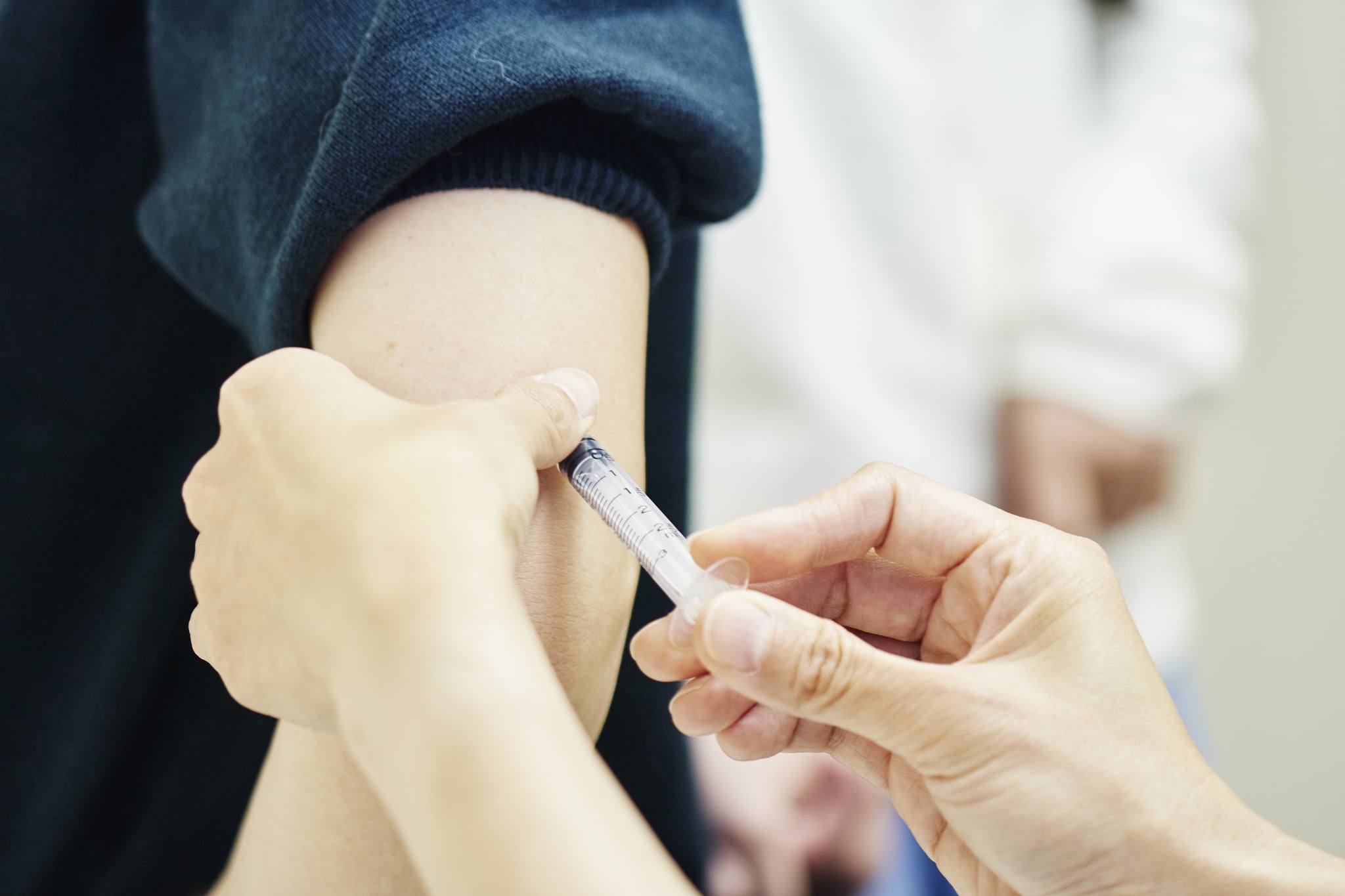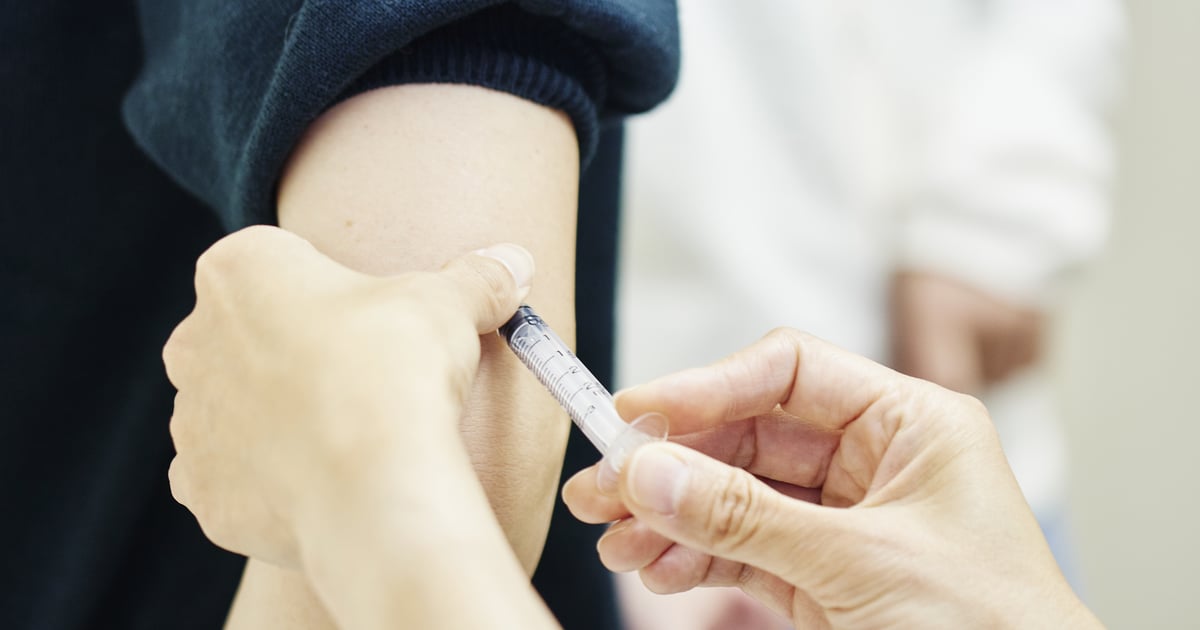
You may have heard the term “herd immunity” tossed around in response to the novel coronavirus, but the idea that we could overcome the pandemic if enough people were exposed to COVID-19 is a dangerous notion. In fact, experts told POPSUGAR that it could lead to “millions of excess deaths.”
“There is a common misconception about the coronavirus that all that is needed is herd immunity and the pandemic will cease,” said David Cutler, MD, a family medicine physician at Providence Saint John’s Health Center in Santa Monica, CA. “The misconception is that herd immunity can be achieved with ease, low cost, and few lives lost.” According to Dr. Cutler, this couldn’t be further from the truth, and herd immunity is actually quite difficult to achieve.
What Is Herd Immunity?
“Herd immunity occurs when a high percentage of a population is immune to a disease, either from having a prior infection then recovering or from a vaccination,” Natasha Bhuyan, MD, a physician and regional director at One Medical, told POPSUGAR. “The exact threshold for herd immunity depends on the specific disease.”
Dr. Cutler explained that this threshold varies based on how easily the disease is spread. “Measles, which is highly infectious, requires over 90 percent of the population to be immune before herd immunity will be achieved. Meanwhile, influenza can be controlled with a 60 percent level of herd immunity,” he said. COVID-19 might be somewhere in the middle: “Most experts expect that coronavirus would require 70 to 80 percent protection to achieve herd immunity.”
Herd immunity is typically achieved through a vaccine, such as that for polio. “This is a disease which just a few decades ago brought fear to parents that their children would be paralyzed for life. And although isolated cases still occur in many places, a high enough proportion of people are immune through vaccination that epidemics no longer occur,” Dr. Cutler said.
In other cases, like chicken pox, herd immunity has been achieved through vaccination and natural exposure, he explained. “Before the vaccine existed, parents would bring previously uninfected children into contact with the disease to get them infected, and thus immune before adulthood, when the disease could be much more serious.”
Why Can’t We Achieve “Natural” Herd Immunity to COVID-19?
There are a few reasons. First, “the prevalence rate is not high enough currently to confer immunity in enough individuals,” Dr. Bhuyan said, meaning that many more would need to be exposed to achieve herd immunity. “Additionally, we actually know very little about individual immunity from COVID-19.” It’s still too soon for medical experts to know how many people develop antibodies to the disease or how long that immunity lasts, which means we could be risking people’s lives with little to no hope of achieving the desired outcome.
That’s where things get particularly dangerous with COVID-19 — because while some would argue that the virus isn’t that deadly, that simply isn’t true. The death rate is much higher for those over 80, Dr. Cutler explained, and “sex, race, and underlying health conditions can also pose increased risk.” Bottom line: “This approach to achieving herd immunity assumes vulnerable people will not be exposed, and that is why achieving herd immunity without a vaccine is problematic,” he said.
“It would result in millions of excess deaths in the hope of achieving herd immunity through widespread exposure,” Dr. Cutler continued. “And even if enough people got infected, there would be no assurance of achieving effective herd immunity.” The focus should instead be on developing a safe and effective vaccine as soon as possible.
POPSUGAR aims to give you the most accurate and up-to-date information about the coronavirus, but details and recommendations about this pandemic may have changed since publication. For the latest information on COVID-19, please check out resources from the WHO, CDC, and local public health departments.
